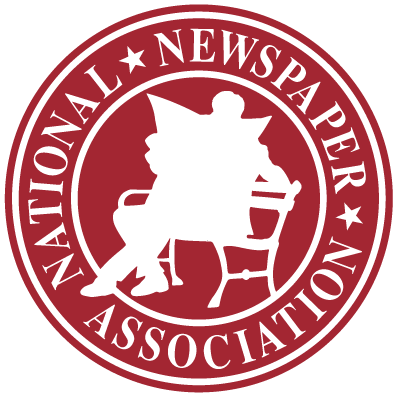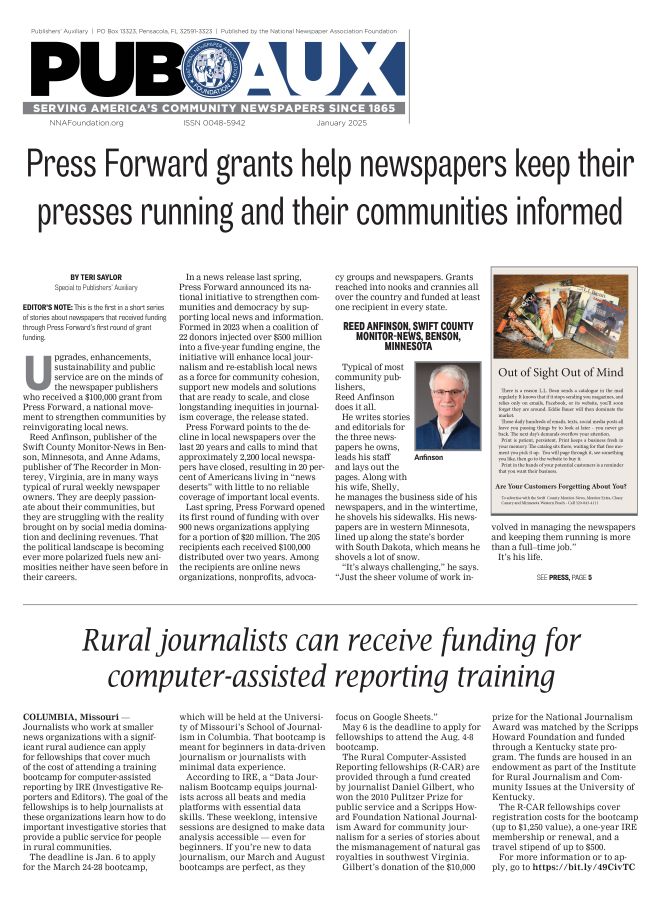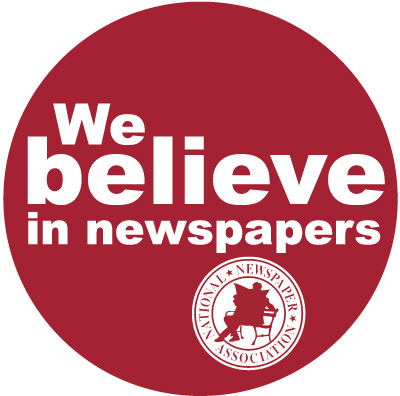From a 5th grader, uncomfortable truth about religious conflict
Dec 26, 2013
By Charles C. Haynes
Inside the First Amendment — Dec. 26, 2013
When children speak the truth, adults often squirm and shut them up.
That’s apparently what happened to Zachary Golob-Drake last week after he delivered a speech entitled “In the Name of Religion” to his 5th grade class at Patel Partnership School in Tampa, Florida.
The teacher initially applauded Zachary’s speech, awarding him first prize and an opportunity to compete to represent his school at the regional 4-H Tropicana Public Speech Contest.
But later that same day, school officials had second thoughts.
An assistant principal took Zachary aside and explained that the speech wasn’t appropriate for 4th and 5th graders. As Zachary told WFLA-TV, “She thought that probably I would have to rewrite my speech, take the religion out or not compete.”
Stripped of his blue ribbon, Zachary was found crying when his older brother came to pick him up at school.
After family members protested, the school returned the ribbon. But still-worried administrators postponed the school-wide contest until parents signed permission slips allowing their children to hear the speeches.
What’s the scary, controversial, age-inappropriate content in Zachary’s speech that young children shouldn’t hear without parental consent?
“The world’s major religions all have messages about coexisting,” he writes. But sometimes people “use religion as an excuse to take each other’s lives.” He cites the Crusades, Genghis Khan, and the terrorist attacks on 9/11 as examples.
Despite news reports to the contrary, school officials now claim that the “topic of mass murders” and not religion is the issue.
That’s strange, because Zachary’s short speech isn’t graphic or inflammatory. He merely states the obvious: “Religious differences have always sparked conflict, even leading to warfare and mass murder.”
If Zachary’s school doesn’t teach young kids (or allow them to discuss) the truth about religious conflict in history, what exactly does it teach?
I suspect that Zachary’s school, like many public schools, is afraid to touch “religion” with the proverbial ten-foot pole. Even when religion is mentioned in the upper elementary grades — holidays, places of worship, and other basic facts — there is rarely discussion of the role of religion in society, for better and for worse.
It may be uncomfortable and politically incorrect, but Zachary is saying what 4th and 5th graders need to hear about one of the greatest challenges we face in the 21st century.
“In the name of religion,” Christians and Muslims are fighting in northern Africa; Sunni and Shiite Muslims are at war in the Middle East; Buddhists are attacking Muslims in Burma; extremists are perverting Islam to justify violence across the globe — and the tragic list goes on.
As only a child can do, Zachary calls attention to the contradiction between the message of compassion found at the heart of the major world religions and the failure of many adherents to live that message in their relationships with people of other faiths.
Fortunately, however, little Zachary is smart enough to recognize that there is more to the story — that religion can also be a force for great good in the world.
Zachary ends his speech by telling us “religion provides moral guidance for most of the seven billion people on the earth.” He quotes the admonition of Confucius: “Do not do to others what you do not want them to do to you,” an early version of the Golden Rule found in many of the world’s great faiths.
“This world would be a better place,” writes Zachary, “if everybody followed that rule.”
From the mouths of babes comes truth and wisdom.
| Charles C. Haynes is director of the Religious Freedom Center of the Newseum Institute, 555 Pennsylvania Ave., N.W., Washington, DC 20001. Web: religiousfreedomeducation.org Email: chaynes@newseum.org |







